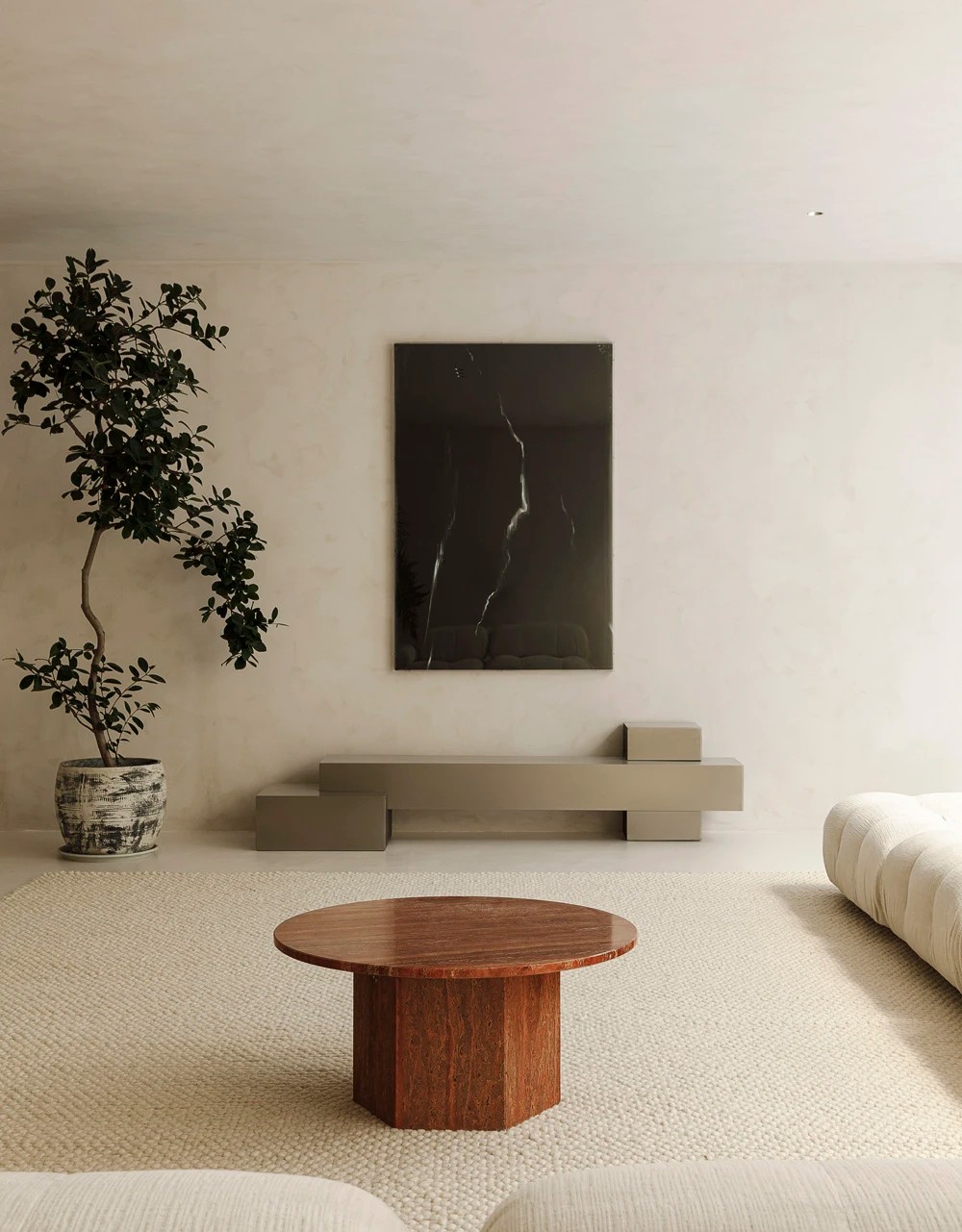Sivas Stadium Bahadir Kul Architects
2016-12-02 05:00
Courtesy of Bahadir Kul Architects
Bahadir Kul建筑师提供


架构师提供的文本描述。Sivas位于土耳其寒冷干燥的气候地区,冬季很强,城市长期处于大雪中。该参数在Sivas体育场的设计决策中具有广阔的应用前景。能源效率是按照生态设计标准、高被动空调措施、主动能源生产系统、雨水收集和灰色水循环来设计的。
Text description provided by the architects. Sivas is located in the cold-dry climate region of Turkey, so its winter is strong and the city is under heavy snow in long periods. This parameter is foreground in the design decisions of Sivas Stadium. Energy efficiency is designed according to ecological design criteria, high passive air conditioning measures, active energy production systems, rainwater harvesting and gray water cycle.
Courtesy of Bahadir Kul Architects
Bahadir Kul建筑师提供


由于体育场位于寒冷的气候地带,建筑外壳被设计成紧凑和内向,这使得正面北侧的冷风形成了一个缓冲地带。在内壳内创造这样的空间来提供空气的隔热。在夏天,北侧的保护区被打开,允许墙壁之间的空气传输。如果北面不暴露在阳光直射,这部分将比其他战线更冷,在这一边将有低压点之间的墙壁。这将导致持续和稳定的气流在墙上,这也将减少能源用于建筑冷却行动在夏季。
Due to the fact that stadium is located in a cold climate zone, the building shell is designed to be compact and inward, and this makes a buffer zone for cold winds in the north side of the facade. Creating this kind space in the inner shell to provide thermal insulation with air. In the summer, reserve covers on the north side are opened, allowing for air transfer between the walls. If the north facade is not exposed to direct sunlight, this part will be colder than the other fronts, and on this side there will be low pressure points between the walls. This will result in a continuous and stable airflow in the wall, which will also reduce the energy used for building cooling actions in the summer.
South Elevation




在Genaral,东面和西面暴露在太阳辐射下的热量是南面和北面的三倍。由于这个原因,在西瓦斯竞技场的东面和西面,为吸收太阳热量创造了窗口空间。这种方法被认为能显著减少建筑物的取暖行为。
In genaral, eastern and western facades are exposed to solar radiation three times more heat than the south and north side facades. Because of this reason, window spaces were created in Sivas Arena on the east and west facades for allow to take solar heat. This approach is thought to significantly reduce building heating actions.
Courtesy of Bahadir Kul Architects
Bahadir Kul建筑师提供
.jpg)

Floor Plan


Courtesy of Bahadir Kul Architects
Bahadir Kul建筑师提供


Floor Plan


Courtesy of Bahadir Kul Architects
Bahadir Kul建筑师提供


体育场的屋顶面积,雨水渠设计为雨和雪的水。收集到的水将储存在保护区内,供环境用水和潮湿空间使用。这种方法将大大减少建筑用水量。此外,在屋顶地区,太阳能电池板将放置在南侧,以接收太阳射线,并将产生798,000 W的能源每天。假设一所房子每天消耗5000 W的能量时,体育场产生的能量相当于160所房屋所消耗的能量。在这种情况下,建筑物将通过生产自己的能源,将其能源成本降到最低。
Stadium’s roof area, rainwater canal designed for falling rain and snow water. The collected water will be stored in the reserve area to be used in the environment water and wet spaces. This approach will significantly reduce the amount of building water consumption. Moreover, in the roof area, the solar panels will be positioned on the south side to receive the sun's rays and will generate 798,000 W of energy per day. When it is assumed that a house consumes 5000 W of energy per day; the energy generated in the stadium corresponds to the energy that 160 houses spend. In this context, the building will reduce its energy costs to a minimum by producing its own energy.
Courtesy of Bahadir Kul Architects
Bahadir Kul建筑师提供










.jpg)











.jpg)

.jpg)







.jpg)

.jpg)

















Architects Bahadir Kul Architects
Location Sivas, Sivas Merkez/Sivas, Turkey
Category Stadiums
Area 58700.0 m2
Project Year 2016
Manufacturers Loading...































